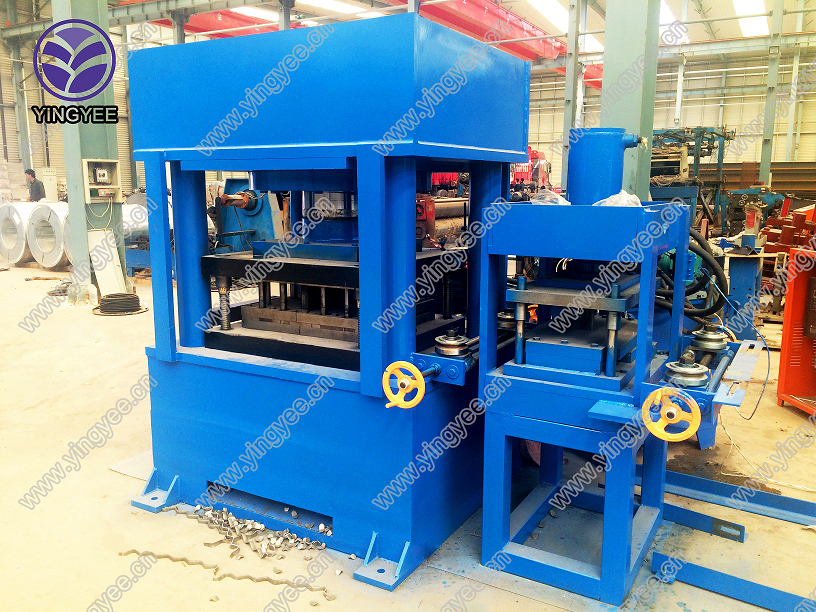
The Role of Stud and Track Keel Roll Forming in Modern Construction
Roll forming has become an indispensable technique in modern construction, particularly when it comes to shaping steel into various profiles for structural applications. Among the many profiles produced, the stud and track keel roll forming system stands out due to its versatility, efficiency, and ability to meet the demands of contemporary building projects.
What is Stud and Track Keel Roll Forming?
Stud and track keel roll forming is a process designed to create specific steel shapes used primarily in the framing of walls and ceilings. Studs are vertical members that provide structural support, while tracks serve as horizontal elements that hold the studs in place. The keel profile refers to the shape of the steel that enhances its strength and stability, capable of bearing substantial loads while maintaining structural integrity. This process utilizes a series of rollers to gradually bend a flat steel sheet into the desired configuration, creating a continuous product that can be cut to length as needed.
Advantages of Stud and Track Keel Roll Forming
1. Customization One of the most significant benefits of roll forming is the ability to create custom profiles tailored to specific project needs. This flexibility allows architects and engineers to design structurally sound frameworks that meet unique design criteria.
2. Material Efficiency Roll forming minimizes waste by using nearly the entire sheet of steel, reducing scrap and lowering material costs. This efficiency contributes to more sustainable construction practices.
3. Speed and Automation The roll forming process can be automated, significantly increasing production speed. With the capability to produce large quantities of studs and tracks in less time than traditional methods, construction projects can move forward faster, improving overall timelines.
4. Strength and Durability The keel profile is designed to enhance strength while keeping the weight of the material manageable. This means that structures made with roll-formed studs and tracks can withstand various loads, including winds, seismic activity, and the weight of additional materials, without compromising safety.

5. Cost-Effective In addition to reduced material waste, the efficiency and speed of roll forming result in lower labor costs. As construction crews can install roll-formed components more quickly, this translates into overall savings for the project.
Applications in Construction
Stud and track keel roll forming is prevalent in various types of construction, including residential, commercial, and industrial projects. It is commonly used in
- Wall Framing The primary application involves the creation of interior and exterior wall frames. Studs provide the necessary support for drywall and other finishes, while tracks ensure stability and alignment.
- Ceiling Systems Roll-formed steel tracks are also utilized in ceiling frameworks, ensuring that hanging fixtures, insulation, and other overhead components are securely held in place.
- Modular Construction The prefabrication trend in construction has seen an increase in the use of roll-formed components, which can be manufactured off-site and assembled quickly on-site, enhancing efficiency and reducing construction time.
The Future of Roll Forming Technology
As construction continues to evolve, so too will the technology surrounding stud and track keel roll forming. Innovations in materials, such as high-strength steel and improved coatings for corrosion resistance, will expand the possibilities for design and application. Additionally, advances in automation and robotics may further enhance the efficiency and precision of roll forming processes.
In conclusion, stud and track keel roll forming represents a significant advancement in construction technology. With its numerous advantages, including customization, efficiency, and cost-effectiveness, it plays a crucial role in shaping the future of the construction industry, allowing for the rapid realization of complex architectural designs while maintaining the highest safety standards.